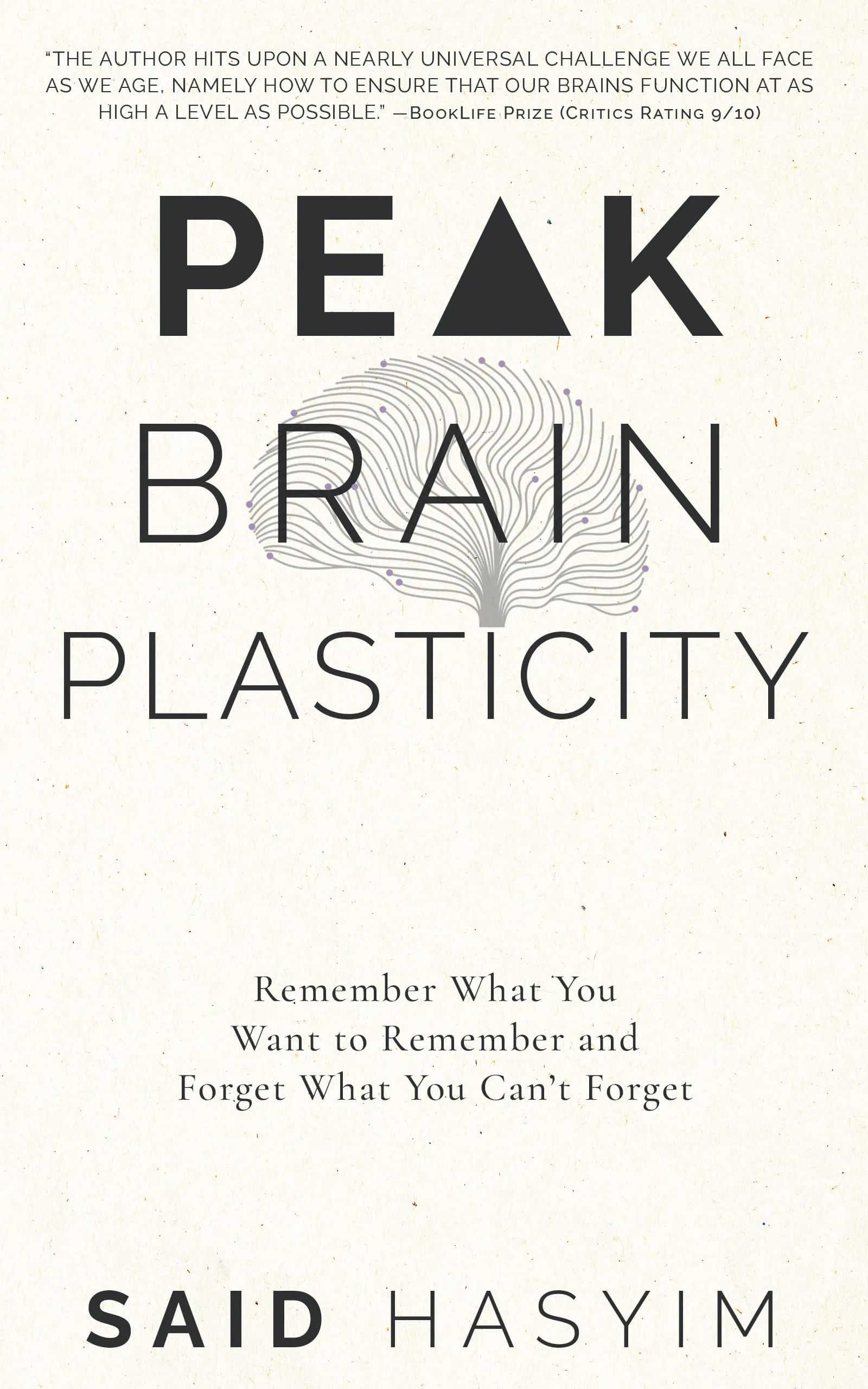Memory and Storytelling: Crafting Personal Narratives
In our fast-paced world, where experiences flit by like autumn leaves caught in the wind, memory has become a subject of intrigue; it’s both a gift and a challenge. Memory shapes who we are, and storytelling provides a framework through which we can explore our past, connect with others, and make sense of our experiences. Crafting personal narratives is not just an art; it’s a profound way of understanding our lives.
The Power of Memory
What is Memory?
Memory is often viewed as a reservoir of experiences, emotions, and knowledge. From the mundane to the extraordinary, our memories are the raw materials from which stories are woven. Psychologists break memory down into several types, including:
- Declarative Memory: Facts and events that can be consciously recalled.
- Procedural Memory: Skills and tasks that you perform automatically.
- Episodic Memory: Complex memories tied to specific events or experiences in our lives.
What makes memory particularly fascinating is its subjective nature. Two people can witness the same event but recall it in entirely different ways, influenced by their perspectives, emotions, and the passage of time. This subjectivity is the bedrock of storytelling; it allows us to create narratives that reflect our unique experiences.
The Relationship Between Memory and Identity
Memory and identity are intricately linked. The narrative we construct from our memories informs our self-concept and informs how we interact with the world around us. Eric Kandel, a Nobel Prize-winning neuroscientist, has argued that our memories shape who we are. He posits that by revisiting and reflecting on our memories, we can gain insights into our identities, motivations, and behaviors.
In telling our stories, we capture not just the events but the emotional landscape that accompanies those events. This emotional context makes our narratives rich, relatable, and engaging.
The Art of Storytelling
Why Storytelling Matters
At its core, storytelling is a universal human trait. Before the age of written words, storytelling facilitated communication, knowledge transfer, and community bonding. In modern society, storytelling continues to play an essential role in various domains, including:
- Therapeutic Practices: Personal narratives are central to therapies like narrative therapy, which encourages individuals to reframe their stories for healing and growth.
- Cultural Preservation: Oral traditions keep cultural histories alive, sharing values and morals across generations.
- Connection and Empathy: Sharing personal stories fosters connections between people, generating empathy and understanding.
Elements of a Compelling Narrative
Crafting a personal narrative involves several key elements:
Characters: In personal storytelling, the main character is usually you, but secondary characters are just as important. Friends, family, mentors, or even strangers can add depth and dimension to your narrative.
Conflict: Every good story features some form of conflict. This could be an internal struggle, a challenging relationship, or an external event that impacts your life. It's the conflict that drives the narrative forward and reveals your character’s growth.
Setting: The context in which your story unfolds enhances the mood and mood and assists the reader in immersing themselves in your experience. Describing your surroundings can evoke sensations, emotions, and a sense of place—helping readers visualize your memories.
Theme: Themes are the underlying messages or morals of your story. Reflecting on what you want to communicate through your narrative can provide clarity as you write.
Resolution: Every story needs closure. Resolution can take various forms, whether it’s an emotional epiphany, reconciliation with a past event, or acceptance of life’s unpredictability.
The Process of Crafting a Personal Narrative
Reflect: Take time to recall significant events in your life. What moments stand out? What lessons did you learn? Journaling can be a helpful tool for capturing thoughts and feelings around specific memories.
Free Write: Allow yourself to write without concern for structure or grammar. Let your thoughts flow freely, creating a brainstorming draft that encompasses your emotions, character sketches, and possible conflict.
Organize: Once you've collected your thoughts, begin to structure your narrative. Identify your main characters, conflicts, and themes, and think about how to best present the events chronologically or thematically.
Revise: Be prepared to revisit your narrative multiple times. Editing for clarity, emotional resonance, and thematic coherence is crucial. Don’t be afraid to cut sections that don’t fit; every word should serve a purpose.
Share: The final step is to share your narrative, whether through a blog, a social media post, or a sharing circle. You might be surprised by the connections that emerge or the insights gained from feedback.
Conclusion
Memory and storytelling are interwoven into the fabric of our lives. Crafting personal narratives can be a therapeutic process, a creative endeavor, or a means of communicating our truths to others. As we learn to articulate our experiences, we open doors to understanding ourselves better and forging deeper connections with those around us.
Don’t underestimate the power of your story. Every experience is worthy of being told, and each tale has the potential to resonate far beyond your own life. As you delve into your memories and craft your narratives, remember: the act of storytelling is not just about recording what has been; it’s about navigating the human experience and celebrating the complexities of life. So pick up that pen, or open that laptop—your story is waiting to be shared.
Harness the Power of Neuroplasticity
Discover Peak Brain Plasticity, a practical book to harnessing neuroplasticity. Enhance your memory, learn new languages quickly, and alleviate anxiety with effective study methods. Uncover daily habits that impact cognitive health and explore techniques for accelerated learning and memory retention. Unlock your brain's potential for growth and transformation.
